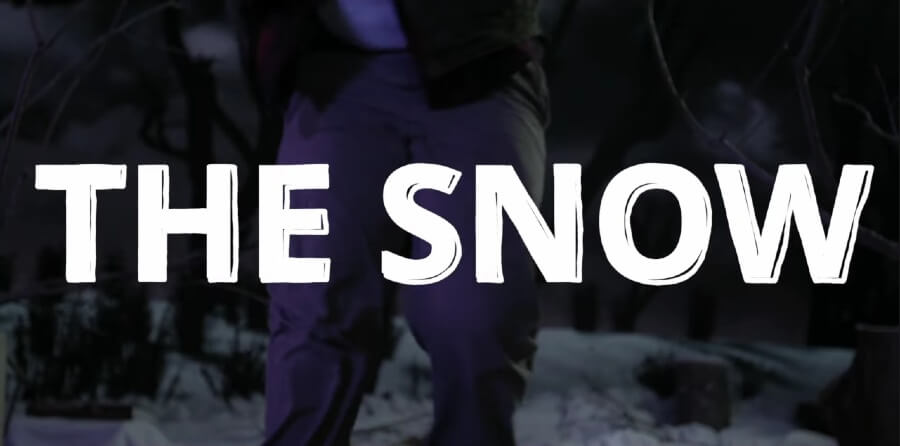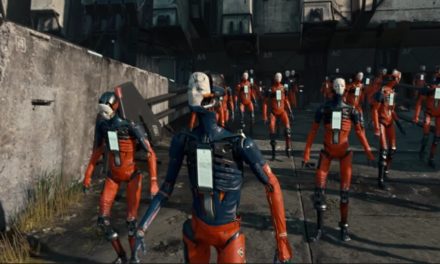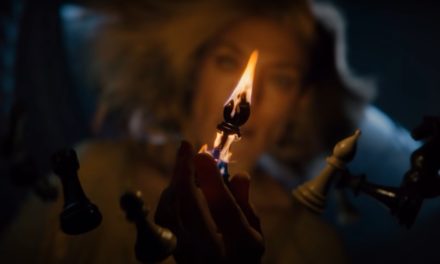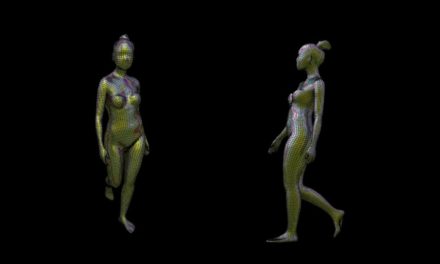The sprouting scene of Louisiana filmmakers continues to grow and its ground level is a virtual production stage at LSU’s digital media center.
Professors Marc Aubanel and Derick Ostrenko were recently highlighted in a 225 Magazine feature on the burgeoning Baton Rouge film scene as an integral force in helping LSU students gain hands-on experience in virtual production. One of their classes, the ART 4240 class, is a body of LSU School of Art student filmmakers who poured themselves into a collaborative effort this semester. The final product of their creative synthesis is the seven-minute short film The Snow.
The class utilized Assimilate virtual production software, a RED digital camera, an ROE Digital LED display, and Logic Pro X for the audio.
JaNiece Campbell was one of these student creators mixing CGI chemistry in the LSU virtual production lab. She served as the CG Supervisor and an Unreal Engine operator on the film. JaNiece gave us some of her time to speak about the film’s production and the technology behind a semester spent building scenes on a virtual production stage.
What did you utilize for camera tracking?
“The camera itself is tracked using a motion capture system (OptiTrack Motive) for location data, and the lens focus is tracked with an Indiemark Lens Encoder. These trackers send a stream of data that can be read in Unreal Engine, so our in-engine camera syncs real-time with our RED Komodo.”
Besides CG Supervisor, you’re also credited as an Unreal Engine operator. What was your experience like with building the scenes in the film? Did you consider any other platforms for world-building, or was it Unreal Engine all along?
“Our art team did a great job in keeping up with the shot list and any visual/creative requirements throughout production. We faced some interesting technical challenges depending on the needs of the shots, like with the infinite hallway scene, for example. What makes Unreal such an excellent platform for virtual production is its responsiveness and flexibility. Building out large, alien landscapes or never-ending dream sequences would be extremely difficult in practical settings, but are much more intuitive with a game engine. It becomes much quicker to iterate design-wise, and I think that’s the beauty of being able to work real-time.”
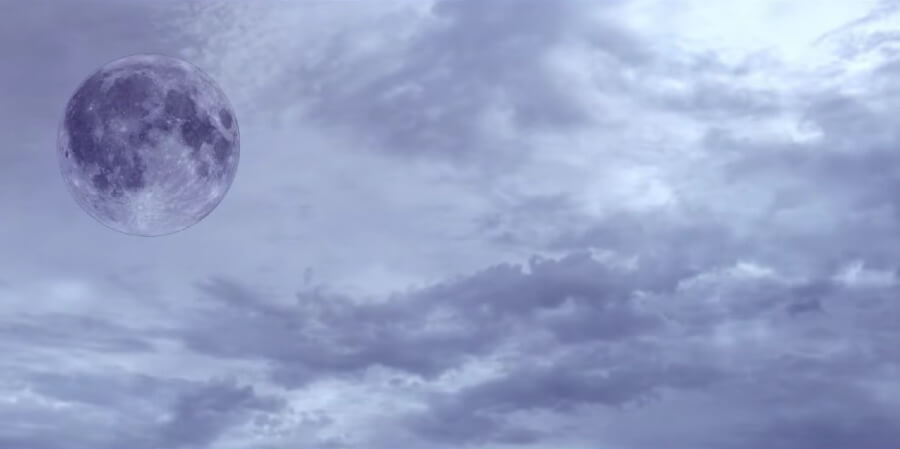
The protagonist’s trip (The Man played by G’kar Jackson) takes him to these wild locales, from an alien desert to a street during Mardi Gras. Since it was produced as a class collaboration, how did you collectively decide which scenes you wanted to include in this nightmare/dream/fantasy journey?
“Our director and writers’ room did a great job with setting up the vision early on in the process. We knew that we wanted to take advantage of the technology at hand with some creative visual and technological decisions. This allowed us to establish a shot list very early on that we could constantly go back to as production went on.”
The Snow was described as a semester’s worth of work for your ART class. What was the level of knowledge on how to build a virtual production from the ground up going into the semester, and how does it feel now that you’ve completed a film together? Were your roles interchangeable as you gained experience, or did each student start with a specific role and stick to it?
“All students offered a range of backgrounds and areas of interests, with our class consisting of computer science, film, digital art, and writing majors (just to name a few). For me, I had never made any type of film like this before, and had very little knowledge of cameras, color correction, or any type of production. Early on we adopted roles based on need and areas of expertise, but we all had plenty of learning to do along the way.”
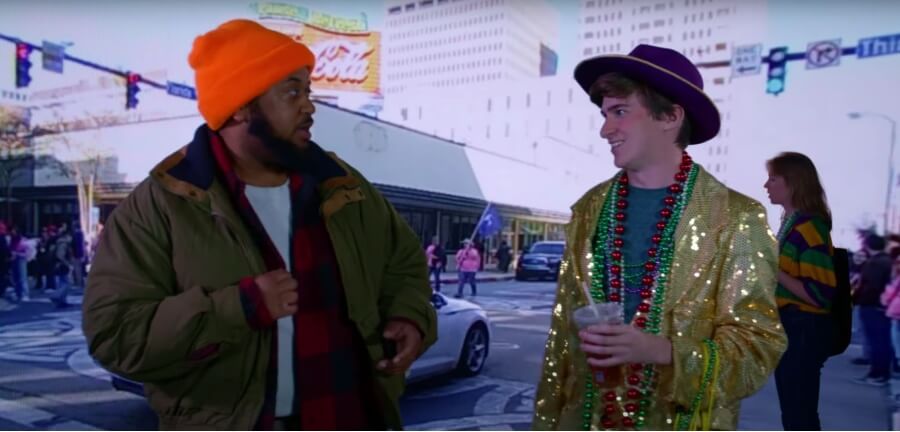
What’s the sense of direction like now that you’ve spent an entire semester collaborating? Do members of the class plan to work together outside the LSU School of Art moving forward?
“All of the virtual production students are in one big group chat so that we can keep in touch. I know a lot of us have plans to continue involvement in VFX and film, especially with our newfound knowledge that we’ve gained with this project. Along with the fact that we all worked pretty well together, I can see us coming together and doing something again in the future.”
What was the most satisfying element of developing The Snow? Any particular instance where you felt, “Ah, I can’t wait to do more of this”?
“I really loved the process of matching the virtual environments to the physical set. The challenge of making integration as seamless as possible really impressed me. Our art teams did an amazing job on both ends. As the Unreal operator, I did a little in-engine set arrangement and color correction (though most of that was handled by our colorist). Finding that balance between virtual and physical is so important to the look of the film, and was probably one of the most exciting parts to me.”
Was there any aspect of building a film on a virtual production stage that was a challenge?
“Because this technology is so new and many parts are undocumented, we didn’t have definitive answers to a lot of our questions. The process of making the film was very fluid and sometimes unpredictable, mostly due to technical challenges with Unreal, source control, or things like that. Despite this, we were able to find plenty of workarounds for things that still allowed us to tell the story we wanted, which I think is the most valuable lesson to be learned.”
Anybody you’d like to shout out on the film production?
“Of course, I’d like to extend a big thanks to Marc Aubanel and Derick Ostrenko for supporting and learning along with us. And I’d also like to extend a huge thank you to the rest of our Brain Bar team that took the helm on tackling Unreal in this context, and all of my classmates as well. All of their contributions, and patience, proved invaluable.”
What’s next for you creatively? Any upcoming projects you want to mention?
“I’ll be interning at Epic Games this summer as an art pipeline developer on the Fortnite team. It’s going to be great to be able to apply what I learned in class to my internship, and I can’t wait to learn more. Outside of that, I hope to get back into developing my own games and animation with personal projects.”

